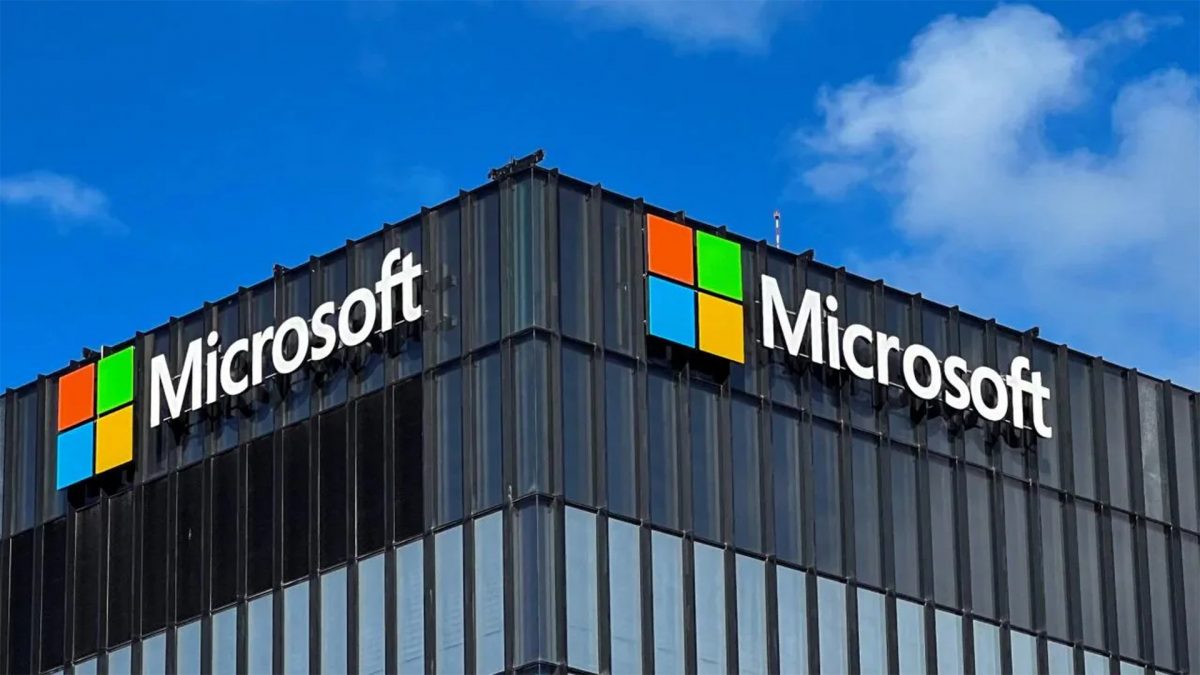In an effort to make data centres greener, Microsoft is breaking away from traditional construction methods and embracing wood. The tech giant is testing fire-resistant cross-laminated timber (CLT) for its first wooden data centres in a suburb of northern Virginia.
This innovative move aims to replace carbon-heavy materials like steel and concrete, known for their significant emissions footprint, with more eco-friendly options.
This experiment aligns with Microsoft’s ambitious climate goals. The company has set its sights on becoming carbon negative by 2030 and hopes to offset all emissions produced since it was founded by 2050. Despite strides in reducing its carbon output, Microsoft’s data centres continue to face challenges. Indirect emissions linked to sourcing, manufacturing, and transporting materials surged by almost 31 per cent over three years, highlighting the need for new approaches.
Lowering emissions
Integrating CLT in a hybrid construction model that still uses some concrete and steel is predicted to cut embodied carbon emissions by 35 per cent compared to fully steel-based builds and by 65 per cent when compared to standard concrete. This makes the timber approach not just an environmental statement but a significant step forward in decarbonising construction.
Microsoft’s commitment to sustainability goes beyond just experimenting with wood. The company’s $1 billion Climate Innovation Fund has already pumped $761 million into scalable eco-projects. These initiatives include partnerships with green building pioneers like Sweden’s Stegra, which is developing a hydrogen-based steel process that emits only water vapour and reduces carbon emissions by as much as 95 per cent. Microsoft is also working with Boston Metal, a company that leverages renewable electricity to create steel, producing oxygen as a by-product rather than carbon dioxide.
Exploring greener concrete
To further reduce its dependence on traditional cement, Microsoft has collaborated with CarbonCure, known for injecting carbon dioxide into concrete, making it more sustainable. The tech giant is also exploring innovative materials like those from Prometheus Materials, which creates zero-carbon cement using microalgae. Plans are in place to pilot this new cement in its Virginia data centres to assess its resilience.
Impact Shorts
More ShortsExperts see Microsoft as uniquely positioned to push these technologies forward. The sheer size and influence of the company allow it to play a pivotal role in accelerating the adoption of new sustainable practices in construction. Structural engineering partners, such as Thornton Tomasetti, believe Microsoft’s leadership could pave the way for wider acceptance of green building solutions, making these alternatives more mainstream.
By exploring wood-based construction and partnering with leaders in sustainable innovation, Microsoft is demonstrating that it’s serious about leading the charge toward a carbon-neutral future.


)

)
)
)
)
)
)
)
)



